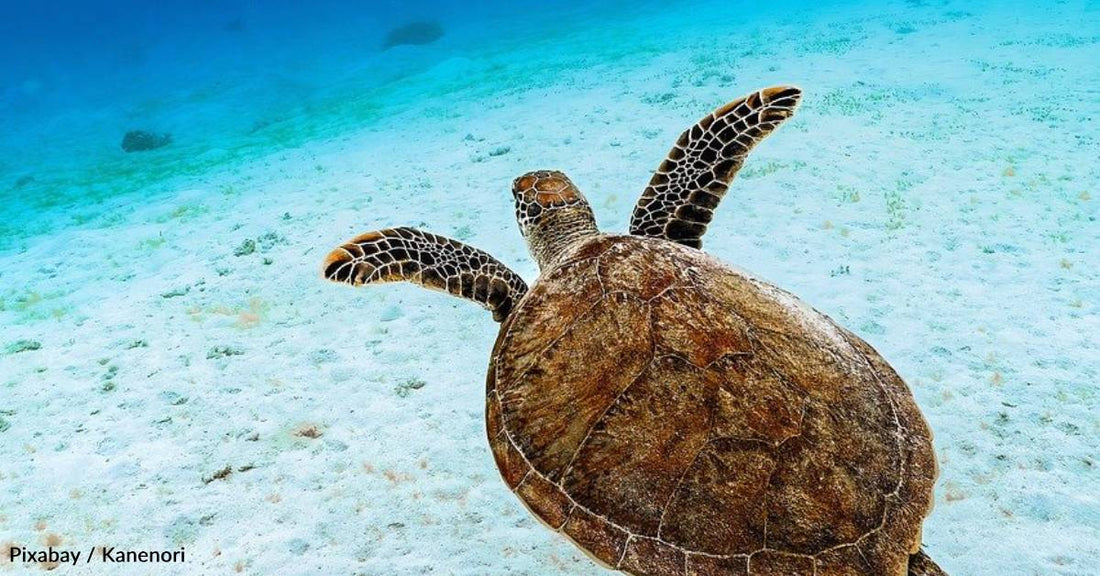New Study Shows Most Marine Protected Areas Aren't Contributing Enough to Conservation
Michelle Milliken
The world is facing a nature loss crisis, with roughly 1 in 8 of the world’s plant and animal species at risk of extinction. Fish are not spared and are often faring even worse. A recent report from a UN biodiversity treaty showed that of at-risk migratory fish species it monitors, 97% are threatened with extinction. This comes as 66% of our global ocean areas have been found to be significantly impacted by human activity. A new report shows that efforts to address this ocean biodiversity loss may be coming up short, too.
A study recently published in the journal Conservation Letters looked at how well the world’s 100 largest marine protected areas (MPAs) were faring in their conservation goals. MPAs are created to protect and restore marine biodiversity, promote healthy and resilient ecosystems, and improve the planet’s health. Currently, MPAs account for about 8% of our ocean area. The sites included in this study make up the vast majority of that figure, at 7.3% of our world’s oceans.

When examining these MPAs, created in part due to the global goal of protecting 30% of our oceans and land by 2030, the team of 11 international researchers found that most aren’t being managed properly to promote conservation. This is because about a quarter have not implemented any management or regulations yet, while about a third still allow high-impact human activities, like oil and gas exploration, industrial fishing, and aquaculture. The team says this shows the overall ocean protection figures are misleading, as quantity isn’t all that should be considered. Quality is equally important.
Beth Pike, lead researcher and director of Marine Conservation Institute's Marine Protection Atlas program, explains, "MPAs can deliver significant benefits to people, nature, and the planet, but unfortunately, we see vast gaps between the amount of ocean covered by MPAs and the strength of those protections in many cases. Quality—not just quantity—should indicate progress toward reaching the goal of protecting at least 30% of the ocean by 2030."
Though there are more than 18,000 MPAs in our oceans, the research also showed that they’re unevenly distributed. While about a third of the area covered by MPAs in this study is fully and highly protected, many nations have created these areas in overseas territories or in remote sites. This leads species in other more high traffic spots to lack protection.

The team also says that in areas without adequate management or regulation, there isn’t a sufficient contribution to conservation. This can lead to a false sense of security and an improper reflection of progress in ocean conservation. As marine species face serious population declines due to habitat loss and overfishing, this is an important thing to keep in mind.
Jenna Sullivan-Stack, study co-author from Oregon State University, explains, “When people hear that an area of ocean is a ‘marine protected area’, we expect a healthy ocean area with abundant marine life that sustains local communities in the long term. That’s not always the case. Here we’ve used a standardized assessment method to provide an evidence-based understanding of where we actually stand on ocean protection in MPAs, and we show that a large portion of the global marine protected area is not actually set up or functioning to achieve these goals. This understanding gives us a roadmap for action to improve the effectiveness of MPAs. This understanding, and the solutions it provides, are vital to making sure existing and new MPAs live up to their potential.”
If you’d like to join us and our partners as we work to improve the health of our oceans, click here!


